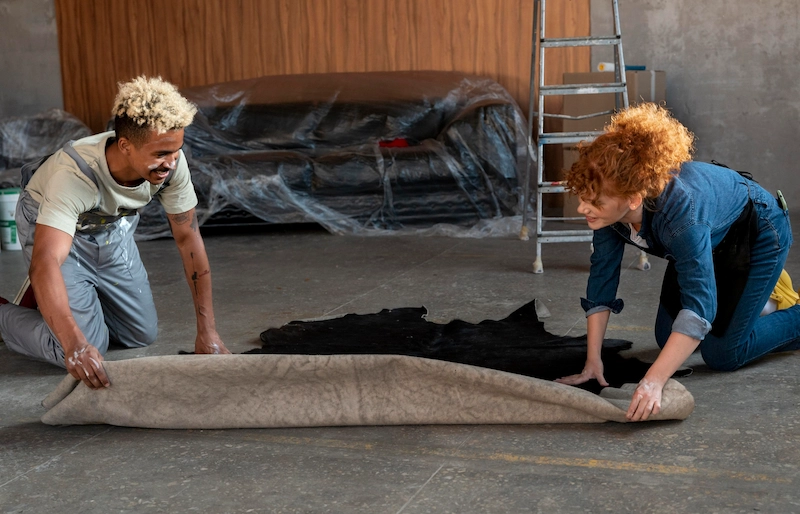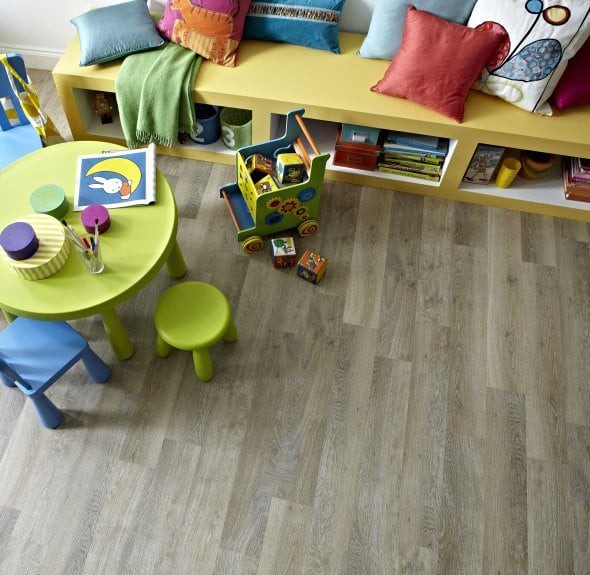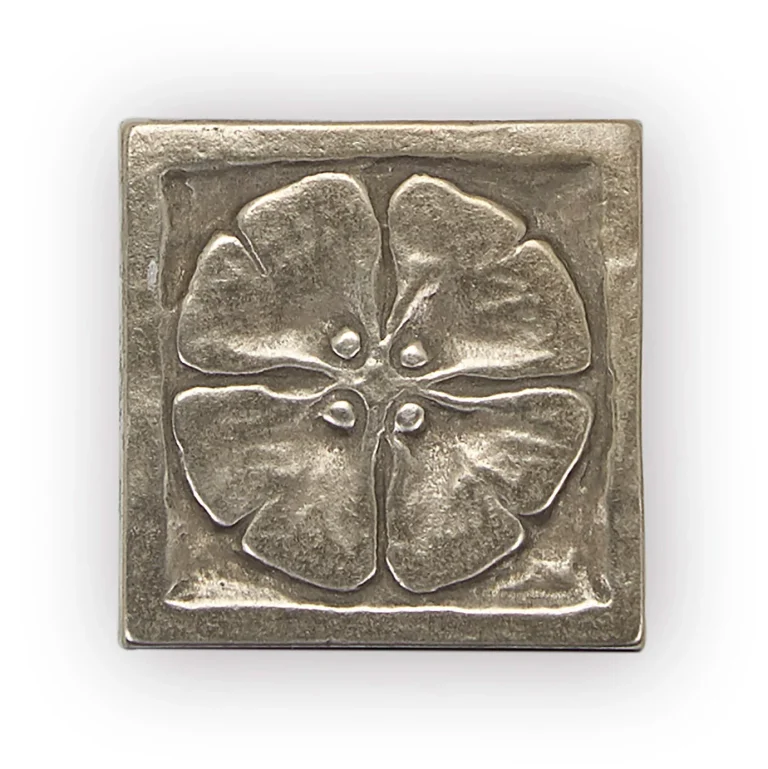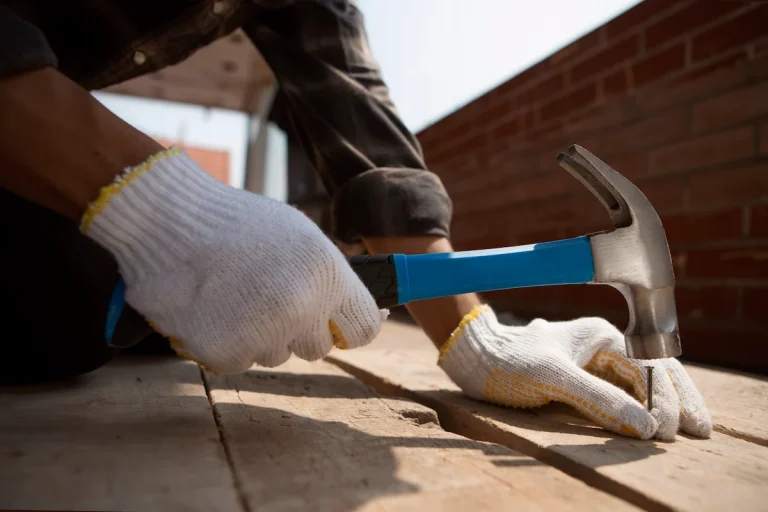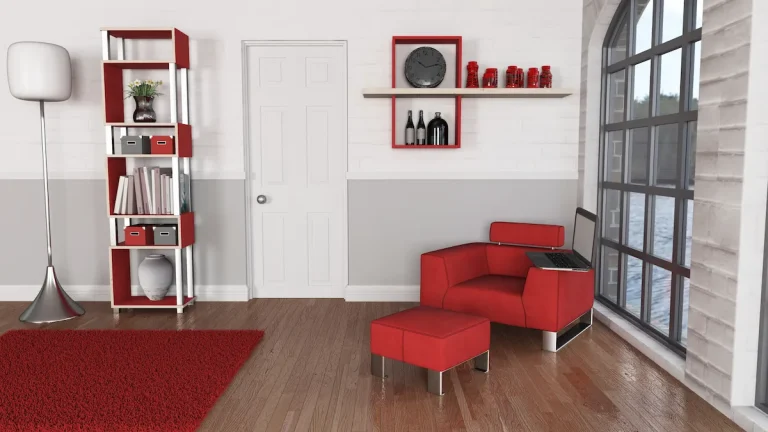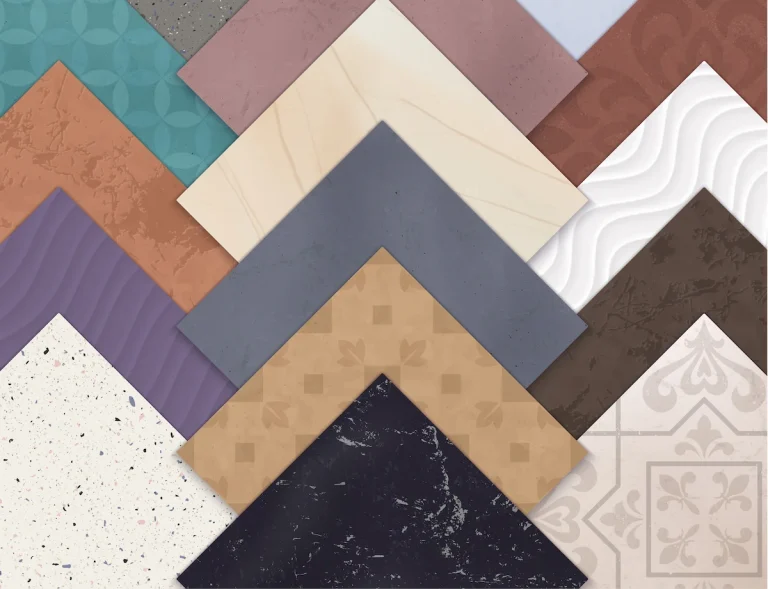When considering carpet tiles for a particular space, it is essential to understand the role of underlay. Underlay enhances comfort and serves a crucial function in insulation, noise reduction, and prolonging the lifespan of carpet tiles. If underlay needed for carpet tiles?
This article aims to explore the concept of underlay, its significance, and the various types available in the market. Additionally, it offers practical tips for installation and maintenance, ensuring that your carpet tiles maintain their appearance and comfort for years to come.
What Is an Underlay for Carpet Tiles?
An underlay for carpet tiles is an essential component that serves as a supportive layer between the carpet tiles and the subfloor, thereby enhancing the overall flooring experience. It contributes significantly to underfoot comfort and plays a vital role in reducing impact noise, providing insulation, and protecting against moisture.
There are various types of underlay materials available, including foam underlay, rubber underlay, and cork underlay, with options like foam underlayment, rubber underlayment, and cork underlayment, each designed to meet specific needs and preferences. By opting for a high-quality underlay, homeowners and businesses can achieve a more durable and comfortable flooring solution while benefiting from the aesthetic appeal of carpet tiles.
The Importance of Underlay for Carpet Tiles
The significance of an underlay for carpet tiles is paramount, as it directly influences the comfort, durability, and performance of the flooring system.
An underlay fulfils several essential functions, including providing underfoot comfort, reducing impact noise, and offering thermal insulation, which is especially advantageous in colder climates.
Selecting the appropriate underlay can also enhance both the aesthetic appeal and functionality of the carpet installation.
The Different Types of Underlay for Carpet Tiles
Regarding the various types of underlay for carpet tiles, there are multiple options available to meet specific needs and preferences.
Foam underlay, also known as foam underlayment, is recognised for its lightweight characteristics and ease of installation, while rubber underlay provides exceptional durability and effective impact noise reduction.
Cork underlay is valued for its excellent thermal insulation properties, making it a preferred choice for enhancing energy efficiency.
Felt underlay offers a combination of comfort and sound absorption, whereas combination underlay provides a range of benefits by integrating different materials..
1. Foam Underlay
Foam underlay is a widely recognised option for carpet tiles, attributed to its lightweight composition and ease of installation. It provides exceptional underfoot comfort and cushioning, while effectively absorbing impact noise, making it suitable for both residential and commercial environments. Furthermore, foam underlay is often a cost-effective solution that is compatible with various types of carpet tiles, thus enhancing the overall flooring experience.
The benefits of utilising foam underlay extend beyond mere comfort; they encompass a range of functional advantages designed to meet diverse requirements. One of its most notable features is its noise reduction capabilities, which ensure a quieter environment even in areas subject to heavy foot traffic. This characteristic is particularly advantageous in multi-storey buildings or residences where sound insulation is paramount, making it a valuable asset for both homeowners and business proprietors.
- Installation Process: Foam underlay is exceptionally straightforward to install. Typically available in rolls, it allows for easy cutting and fitting to accommodate different floor plans without the necessity of specialised tools.
- Comfort Features: This type of underlay adds an additional layer of cushioning, leading to enhanced comfort while walking or standing on carpet tiles, thereby reducing fatigue over extended periods.
- Durability: Constructed from resilient materials, foam underlay is built to last, representing an economically sound investment.
- Consider the installation process to ensure optimal performance.
When selecting foam underlay, it is essential to consider its thickness and density, as these factors can significantly impact its performance and longevity. Whether intended for a bustling office environment or a cosy home setting, foam underlay provides both comfort and quality, ensuring satisfaction for all users.
2. Rubber Underlay
Rubber underlay, or rubber underlayment, is highly esteemed for its exceptional durability and ability to mitigate impact noise, making it an ideal choice for high-traffic areas where carpet tiles are installed. This type of underlay not only provides superior sound insulation but also offers moisture protection, which is essential for preserving the integrity of the flooring system over time. Its robust nature ensures a long-lasting foundation for carpet tiles, thereby enhancing both comfort and performance.
The benefits of utilising rubber underlay include:
- Excellent durability, which extends the lifespan of the flooring
- Significant reduction of impact noise, contributing to a peaceful environment
- Compatibility with a wide array of carpet tiles, facilitating installation
- Effective moisture protection, ensuring the longevity of the flooring
By opting for this innovative solution, users not only invest in aesthetic appeal but also secure a practical foundation that addresses everyday challenges.
3. Felt Underlay
Felt underlay is a traditional option for carpet tiles, recognised for its exceptional sound absorption properties and overall comfort insulation. This type of underlay enhances the tactile experience of the carpet while minimising noise transmission, making it particularly suitable for residential environments where tranquillity is a priority.
One of the distinguishing characteristics of felt underlay is its ability to effectively trap sound, thereby contributing to a serene atmosphere that is ideal for any home. Unlike foam underlay, which may compress and lose its cushioning effect over time, felt maintains its shape and resilience, promoting enduring comfort underfoot. This underlay provides an excellent foundation for carpet tiles, improving not only the aesthetic appeal but also the tactile experience.
- Durability: Felt underlay is recognised for its longevity.
- Eco-friendly: It frequently comprises recycled materials, making it a sustainable choice.
- Moisture Resistance: In contrast to some other types, it offers superior moisture resistance, thereby reducing the potential for mould issues.
- Heuga Interlay and Interface Interlay are popular choices for those interested in sustainable materials and mission zero initiatives.
When paired with contemporary carpet tiles, felt underlay enhances the overall design while contributing to sound reduction, comfort, and insulation, making it a highly sought-after option for homeowners and designers alike.
4. Cork Underlay
Cork underlay, or cork underlayment, is increasingly recognised for its environmentally friendly properties and exceptional thermal insulation capabilities, rendering it an optimal choice for energy-efficient flooring solutions.
This distinctive material, derived from the bark of cork oak trees, not only assists in maintaining a comfortable indoor temperature but also helps to lower energy costs related to heating and cooling.
- By utilising naturally occurring resources, this underlay represents a significant step towards sustainability.
- Its sound absorption qualities make it particularly advantageous for environments where peace and quiet are essential.
When used in conjunction with carpet tiles, cork underlay provides enhanced moisture protection, preserving the flooring while reducing the risk of mould and mildew development.
By selecting this innovative flooring solution, homeowners not only promote an eco-conscious lifestyle but also enhance indoor air quality and overall comfort.
5. Combination Underlay
Combination underlay is specifically engineered to provide a synergistic blend of benefits derived from multiple materials, rendering it a versatile option for carpet tiles, including Heuga Interlay and Interface Interlay. This type of underlay offers sound absorption, moisture protection, and comfort insulation, effectively addressing a wide range of needs and preferences. By integrating various materials, combination underlay enhances the overall performance of carpet tiles, making it an exemplary choice for both residential and commercial applications.
- Sound absorption: With a composition that emphasizes sound dampening, it significantly minimizes noise pollution, fostering a quieter environment.
- Moisture protection: By providing a barrier against spills and dampness, it prolongs the lifespan of carpet tiles and preserves their aesthetic appeal.
- Comfort insulation: The cushioning effect enhances underfoot comfort, making it particularly suitable for areas with high foot traffic.
Whether utilised in a bustling office environment or a cozy residential setting, the combination underlay, including eco-friendly materials, adapts seamlessly to diverse contexts, ensuring long-lasting satisfaction and durability.
The Best Type of Underlay for Carpet Tiles
Selecting the appropriate type of underlay for carpet tiles requires careful consideration of various factors that affect both performance and comfort. The optimal underlay should enhance underfoot comfort, minimise impact noise, and provide thermal insulation, thereby contributing to a favourable living environment. Options like Heuga and Interface offer various underlayment benefits that are worth considering.
Different types of underlay—such as foam, rubber, cork, and felt—possess distinct advantages and disadvantages. Consequently, it is imperative to assess individual requirements alongside the specific characteristics of the space where the carpet tiles will be installed. Considering systems like the TacTiles system may enhance the installation and longevity of your flooring.
Factors Should be Considered When Choosing an Underlay for Carpet Tiles
When selecting an underlay for carpet tiles, it is imperative to consider several factors to ensure optimal performance and comfort. These factors include the desired level of underfoot comfort, the required extent of moisture protection, and the necessity of reducing impact noise within the space. Budget considerations, including options like InstaLay and LVT, will also influence the determination of which type of underlay is most appropriate for your carpet installation.
Along with these considerations, it is essential to assess the density and thickness of the underlay, as these characteristics significantly impact both comfort and durability. A denser underlay typically provides superior cushioning, enhancing the overall feel underfoot, while a thicker option can offer additional sound insulation and moisture resistance. Prospective buyers should familiarise themselves with the various materials available, such as foam or rubber, each presenting distinct advantages and disadvantages.
- Comfort: Seek options that strike a balance between cushioning and support.
- Moisture Protection: Ensure that the underlay is adequately waterproof or moisture-resistant, particularly in areas susceptible to spills.
- Noise Reduction: Assess the sound-dampening properties to maintain a tranquil environment.
- Budget: Evaluate the cost-performance ratio to identify a suitable underlay that aligns with your financial parameters.
How to Install an Underlay for Carpet Tiles
Installing an underlay for carpet tiles, such as those offered by Interface or using a TacTiles system, is a methodical process that necessitates adequate preparation and technique to achieve optimal results.
The installation process commences with the preparation of the subfloor, which must be clean, dry, and level to ensure a stable foundation for the underlay. Following this, precise measurement and cutting of the underlay are crucial to ensure a snug fit beneath the carpet tiles. Lastly, securing the underlay appropriately is essential to prevent any shifting and to enhance the overall effectiveness of the flooring system.
1. Prepare the Subfloor
Preparing the subfloor is an essential initial step in the installation of underlay for carpet tiles, as it provides a stable and smooth foundation for the flooring system.
The significance of this preparation cannot be overstated, as it directly influences the durability and aesthetic of the final installation. A thorough cleaning process is imperative; this entails removing any existing floor covering, followed by sweeping or vacuuming to eliminate dirt and debris, and mopping to address any residual substances.
The essential tools for this process include:
- A vacuum cleaner or broom for cleaning.
- A mop and cleaning solution for deep cleaning.
- A level tool to identify imperfections.
- A trowel for applying levelling compounds.
- Measuring tape for accurate assessments.
By undertaking these actions, one can ensure a flawless installation, enabling the underlay and carpet tiles to adhere effectively and perform optimally over time. For even more efficient installations, consider the TacTiles system.
2. Measure and Cut the Underlay
Measuring and cutting the underlay with precision is essential for a seamless installation of carpet tiles, as it ensures a perfect fit that eliminates gaps and overlaps.
To achieve this level of accuracy, the first step is to gather the necessary tools, which include a measuring tape, a square, a craft knife, or heavy-duty scissors. These instruments will facilitate obtaining precise measurements and clean cuts.
Once the dimensions of the room are recorded, it is crucial to double-check all measurements before proceeding. This practice ensures consistency and minimises waste.
- Always perform cuts on a flat, stable surface to prevent any movement.
- Maintain a sharp craft knife to achieve cleaner cuts, thereby enhancing the overall durability of the installation.
- When marking lengths, utilise a straightedge to aid in creating straight lines, as accuracy is of utmost importance.
By adhering to these guidelines and utilising the appropriate tools, one can ensure that the underlay fitting process is executed with excellence. It is important to remember that precision in measurement during this stage is the foundation for a successful carpet tile installation.
3. Lay the Underlay
Laying the underlay properly is an essential step that directly influences the performance of carpet tiles by ensuring even support and comfort underfoot. It is imperative to carefully align each piece of underlay to ensure that the edges meet without gaps, thereby creating a continuous surface throughout the area. This process must be executed with meticulous attention to detail, as any misalignment could compromise the effectiveness of the underlay and adversely affect the overall appearance of the carpet installation.
When initiating the installation process, it is advisable to measure the area accurately to calculate the necessary amount of underlay, which will help minimise unnecessary waste.
- Begin laying the underlay in the corner of the room, progressing outwards to reduce movement.
- Utilise a utility knife to trim the edges for a precise fit along walls and doorways.
As each section is laid, it is crucial to ensure that it lies flat without any creases or wrinkles by rolling over it with a heavy floor roller.
To verify this, run your hand over the surface to check for any bumps. If any irregularities are detected, simply remove those sections and re-lay them to maintain a smooth, even surface.
4. Secure the Underlay
Securing the underlay constitutes the final step in the installation process, as it is essential for ensuring stability and preventing any movement that could affect the carpet tiles. Depending on the type of underlay selected, various methods may be employed for securing it, such as adhesive or double-sided tape for specific materials. Properly securing the underlay will enhance the overall performance of the carpet tiles and contribute to the longevity of the flooring.
To achieve optimal results, it is critical to select the appropriate adhesive or tape that is suitable for the specific underlay material being utilised. For instance, double-sided tape may serve as a convenient option for lighter underlays, whereas a stronger adhesive may be required for heavier varieties.
- When applying adhesive, it is important to ensure that an even layer is spread across the surface.
- In the case of tape, it is essential to press firmly to eliminate any air bubbles.
Allowing sufficient drying time is vital to ensure a strong bond. By adhering to these guidelines, one can significantly enhance the stability and comfort of the carpet tile installation, ultimately influencing its durability and aesthetic appearance.
The Benefits of Using an Underlay for Carpet Tiles
Utilising an underlay, such as those from Heuga or Interface, can significantly enhance the underlayment benefits by improving the insulation, comfort, and soundproofing properties of carpet tiles.
Utilising an underlay for carpet tiles such as the Heuga Interlay or Interface Interlay presents numerous benefits that markedly enhance the overall flooring experience. A key advantage is the increased comfort underfoot, as the underlay provides cushioning that makes walking on the carpet tiles considerably more pleasant.
By investing in high-quality underlay, such as those offered by Interface or Heuga, homeowners can extend the lifespan of their carpet tiles and achieve a more durable and satisfying flooring solution.
1. Improves Comfort
One of the most significant advantages of utilising an underlay for carpet tiles is the enhancement of overall comfort it provides. The cushioning effect created by the underlay improves the underfoot experience, making it considerably more enjoyable to walk on the carpet tiles. This added comfort is particularly valuable in high-traffic areas where individuals may be on their feet for extended periods. Options like the InstaLay and TacTiles system further enhance this benefit.
The selection of the appropriate type of underlay can substantially influence the tactile experience of carpet tiles, as various materials offer differing levels of softness and support.
- Foam underlays, for example, are recognised for their plush feel, which aids in impact absorption and reduces fatigue during prolonged standing.
- Rubber underlays, conversely, deliver firm support while also effectively insulating sound, making them suitable for comfort and noise reduction.
- Felt underlays provide a balance of cushioning and durability, ensuring that the carpet tiles retain their integrity over time.
Therefore, selecting the appropriate underlay can not only significantly enhance the comfort level but also contribute to the longevity of the carpet tiles, ultimately ensuring a better return on investment.
Increases Insulation
An underlay significantly enhances thermal insulation in carpet tiles, leading to improved energy efficiency in both residential and commercial settings. The insulating properties of various underlay materials assist in retaining heat during colder months and maintaining a comfortable indoor temperature throughout the year. This enhancement not only increases comfort but can also contribute to reduced energy bills over time. For those using LVT flooring, underlays like those from Interface can also provide excellent thermal benefits.
When evaluating the energy efficiency benefits of an underlay, it is essential to recognise how these materials can prevent heat loss through the flooring, effectively serving as a barrier against cold surfaces. For homeowners and business operators alike, the selection of underlay is critical in achieving a sustainable and cost-effective heating solution.
Various types of underlay, including foam, felt, and rubber, offer distinct insulating properties:
- Foam: Lightweight and provides excellent thermal resistance.
- Felt: Offers durability and soundproofing in addition to thermal insulation.
- Rubber: Known for its longevity and high thermal resistance.
Selecting the appropriate underlay not only improves the comfort underfoot but also significantly reduces heating costs, making it a prudent investment for enhancing overall energy efficiency.
Reduces Noise
Reducing noise is a significant advantage offered by underlays for carpet tiles, particularly in environments where sound transmission can be disruptive. The appropriate underlay can effectively diminish impact noise, thereby enhancing the overall acoustics of the space. This feature is especially valuable in multi-storey buildings or commercial settings, where noise reduction is essential for maintaining comfort and productivity. Consider solutions like the TacTiles and Shaun systems for optimal impact noise reduction.
These acoustic underlays are designed to absorb sound waves rather than permit them to reflect off hard surfaces, making them particularly beneficial in environments such as offices, hotels, and residential units. By utilising materials specifically engineered for sound damping, one can establish a tranquil atmosphere that fosters concentration and relaxation.
- In office settings, reduced noise levels can lead to enhanced employee productivity.
- In hotels, guests benefit from a more restful environment, which contributes to favourable reviews.
- In residential spaces, family members can coexist harmoniously without disturbing one another.
Consequently, the incorporation of high-quality underlays not only improves sound quality within a room but also significantly enhances the overall user experience.
Extends the Life of Carpet Tiles
Utilising an underlay can significantly enhance the longevity of carpet tiles by providing a protective barrier that absorbs impact and moisture, thereby improving durability. By reducing wear and tear on the carpet tiles themselves, a high-quality underlay can contribute to an extended lifespan and better overall performance of the flooring system. This investment in underlay not only fosters a more comfortable environment but also safeguards the overall integrity of the carpet installation.
Along with enhancing comfort, underlays play a vital role in protecting carpet tiles from daily stresses. This protective layer absorbs shocks from foot traffic, thereby minimising indentations and prolonging the aesthetic appeal of the flooring. Underlays also serve as a barrier against moisture, which can lead to the development of mould and mildew. By employing an effective moisture barrier, property owners can ensure that their carpet tiles remain in optimal condition, thus avoiding costly repairs and replacements.
Key benefits of investing in a high-quality underlay include:
- Enhanced cushioning for greater comfort
- Reduction of noise transmission
- Protection against moisture-related damage
- Extension of the carpet’s lifespan
Investing in a high-quality underlay is a crucial step for anyone seeking to maintain the beauty and functionality of their carpet tile flooring.
What are Some Tips for Maintaining an Underlay for Carpet Tiles?
Maintaining an underlay for carpet tiles is crucial for ensuring its longevity and optimal performance. Proper care entails regular cleaning and inspection for any signs of damage or wear that could impact the effectiveness of the underlay. It is also advisable to consider products like the Heuga Interlay or Interface Interlay for durable performance under various conditions.
At TEKA Flooring, we understand the importance of a solid foundation for your flooring. That’s why we offer a wide range of high-quality underlay options designed to meet your specific needs. Whether you’re installing carpet tiles in a residential, commercial, or office setting, our team is here to help you choose the perfect underlay for optimal performance.
Plus, with our professional fitting services, you can rest assured that your carpet tiles and underlay will be installed with precision and care, delivering flawless results every time.
Don’t leave your flooring to chance—partner with TEKA Flooring for expert guidance, premium products, and exceptional service. Contact us today to explore our underlay options and book a consultation. Let us help you create a space that’s as comfortable as it is beautiful!
Read also:


























